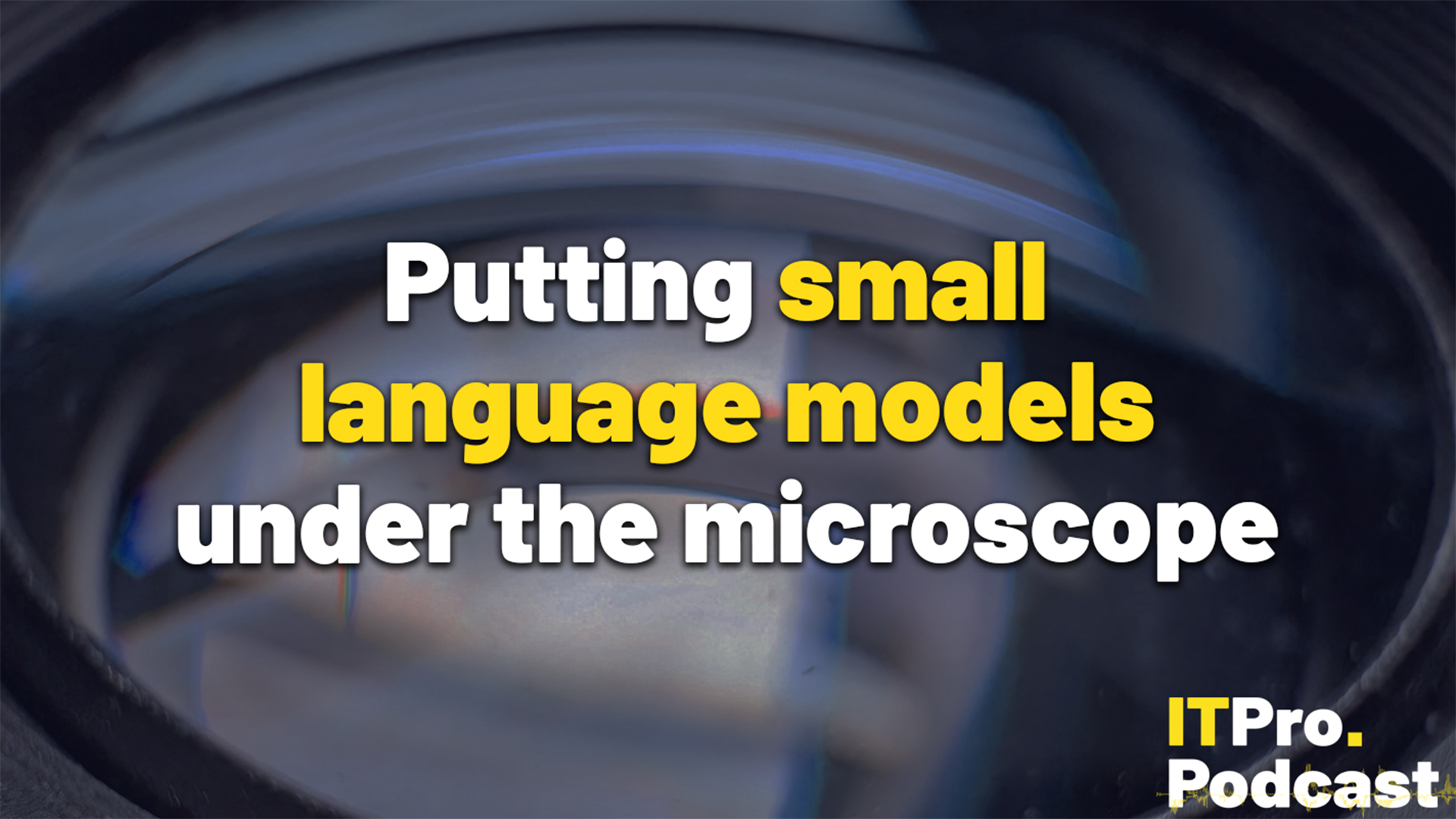Oracle cloud: Ellison sets out his stall and sells the vision
Larry Ellison is selling the vision of the cloud and is looking to clinch the sale -are the punters going to buy?

If anyone was expecting Larry Ellison, CEO Oracle to stride on the Oracle Open World keynote stage and berate the competition's efforts in the cloud they were sadly disappointed. Instead, we were treated to a measured, almost professorial object lesson in SaaS, PaaS and Iaas. All to be delivered by the Redwood giant. Naturally, Only once did Ellison slip off piste to take a pop at the competition. In this case SAP's HANA, which he described as 'quite little' in terms of features when compared to the mighty X-Box as I call it.
It only became apparent about 40 minutes in that what we were actually being treated to was a sales pitch as Ellison reeled off a string of figures that you can summarise as: 'Come to Oracle for all and any of your cloud needs. We have it all and at the best street prices anywhere on the planet.'
But it was as the post flogathon after glow turned into after shock that some of us realised just how many holes there are in Oracle's story.
Let's go through them:
Oracle 12C - multi-tenant database
Ellison talked about its upcoming 12C database. 'c' stands for cloud. By that Ellison means the database is multi-tenant. Details were sketchy but this is how Ellison portrayed it: "If you wanted to run multitenant services on one database, you had to do it at the application level, and there are all kinds of problems that can come up in that situation - security being the main one. The 12C makes all of that just go away." He was careful to preface his remarks by saying: "You will know I have been somewhat critical of multitenant ... not conceptually...but of the applications.: Right. Critical doesn't come close. He has derided multitenant but without explaining why. Now we know.
Waving the security card is just the sort of thing that lights up CIOs who have been under the cloud thumb. Effectively, Oracle is giving them a card that says: 'See, I told you about this but we already know that Oracle DB is super secure. Get that stuff outta here and we'll build the apps knowing they'll be super secure plus we get all the cloud advantages."
Get the ITPro daily newsletter
Sign up today and you will receive a free copy of our Future Focus 2025 report - the leading guidance on AI, cybersecurity and other IT challenges as per 700+ senior executives
The theory sound good but three things are important here:
- It won't be delivered until 2013 - so it doesn't exist
- It is not a proven approach. As Max Cooter points out, Ellison said: ""It's a fundamentally new architecture."
- It assumes that all cloud databases will be relational when in fact there is plenty of talk among developers around Hadoop and NoSQL to name but two.
Answers to the above will surely be needed. But then as my colleague Frank Scavo tweeted:
Pricing
In the opening remarks, Ellison said "The competition won't be IBM but Amazon." That's a great attention grabber but what does this mean price wise? Oracle isn't saying and in any event, we have no clue what the price book for a multi-tenant version of Oracle DB looks like. Making the Amazon comparison is opening the door to direct pricing comparisons but even here it is a tough call. As one colleague said: 'It's hard enough to figure out what Oracle wants paying for regarding the database when it is running on Amazon. Introduce multi-tenancy and what does that mean?' It's actually worse.
I know for example that Workday runs its multi-tenant applications on MySQL, an Oracle owned but open source database. Developers are heading towards open source in droves. When the developer community is moving in that direction then the only place for Oracle to go is to its existing database. That's already under attack from SAP HANA and open source. Speed alone is not going to help, despite Ellison's claims of massive performance improvements coming using flash cache. (Side note: I almost misheard and thought he said 'flash-the -cash.')
To get even more confusing, Oracle is claiming that it doesn't matter where you want to run Oracle cloud. you can have it running as a public, private or in-house service. But then there were no indications around price for each scenario. That will be important to decision makers who will naturally want to make those comparisons so they can come up with fully costed compute models.
Ecosystem and customers
Oracle can be forgiven for not talking customers on the database or other announcements. It was after all a feature and function product pitch. But to make absolutely no business use case for taking up its cloud offerings is stretching credulity. The only conclusion I could come to is that Oracle is pre-announcing so far into the future it doesn't have use cases in mind other than the 'speed' thing and certainly has no customers willing to be referenced in public. SAP will likely reference at least 500 more likely 700 customers on HANA at its upcoming TechEd.
That is further reinforced by the fact that Ellison never mentioned anything about developer tools. Oracle has a thriving ecosystem of DBAs and apps developers that use OracleDB. Where is the ecosystem for 12C? What plans are in place? Who is on the early adopter program? These were all important and unanswered questions. In the meantime, Salesforce.com counts 800,000 developers working on its platform.
Conclusion
I give Ellison credit for sticking to his strategy story, laying it out in clean lines, more or less keeping to the script and running the show for less than an hour. But right now there are too many unanswered questions for this story to sit as comfortably as Oracle would like.
Related stories: Larry Ellison finally gets the cloud - will the cloud world get Oracle? (Cooter) Oracle unveils cloud-capable 12c database (Millman)
After spending more than 20 years at the IT coal face across a variety of industries, often in finance-related roles, Dennis Howlett is using that accumulated experience to hold vendors to account for what they deliver to customers. He believes the cloud computing model provides the potential to offer transformational business benefits that have yet to be fully understood or articulated. In early 2011, Howlett celebrated 40 years in and around IT. It was a very small party.
-
 How the UK MoJ achieved secure networks for prisons and offices with Palo Alto Networks
How the UK MoJ achieved secure networks for prisons and offices with Palo Alto NetworksCase study Adopting zero trust is a necessity when your own users are trying to launch cyber attacks
By Rory Bathgate
-
 Putting small language models under the microscope
Putting small language models under the microscopeITPro Podcast The benefits of small language models are undeniable – but they're no silver bullet
By Rory Bathgate